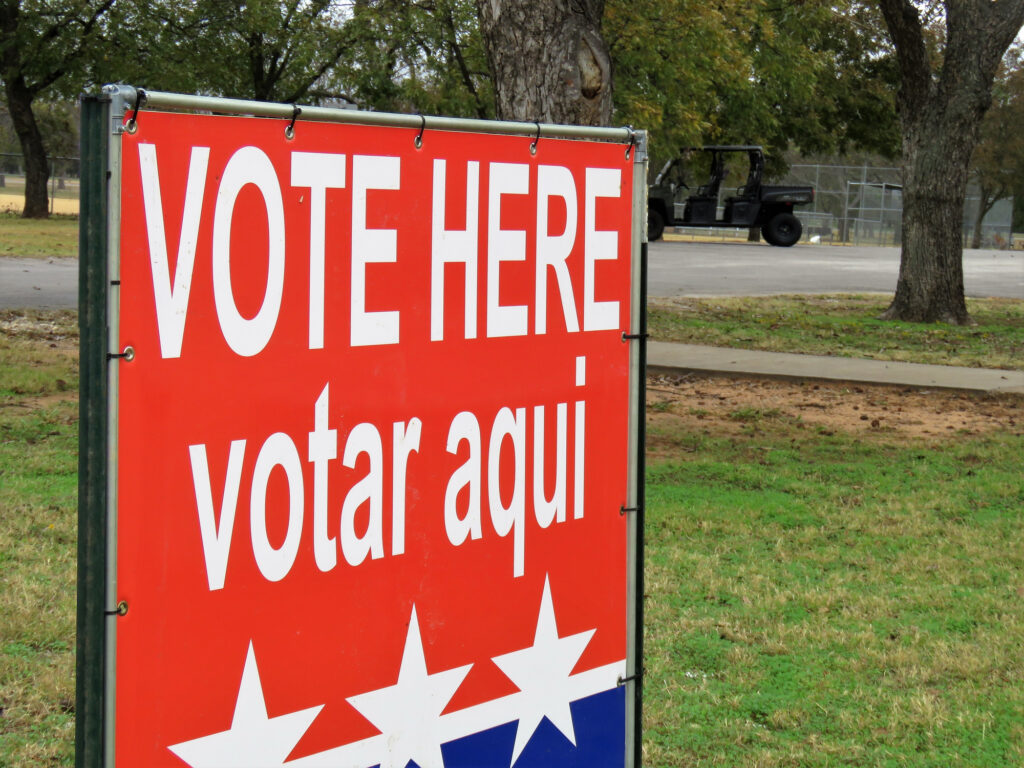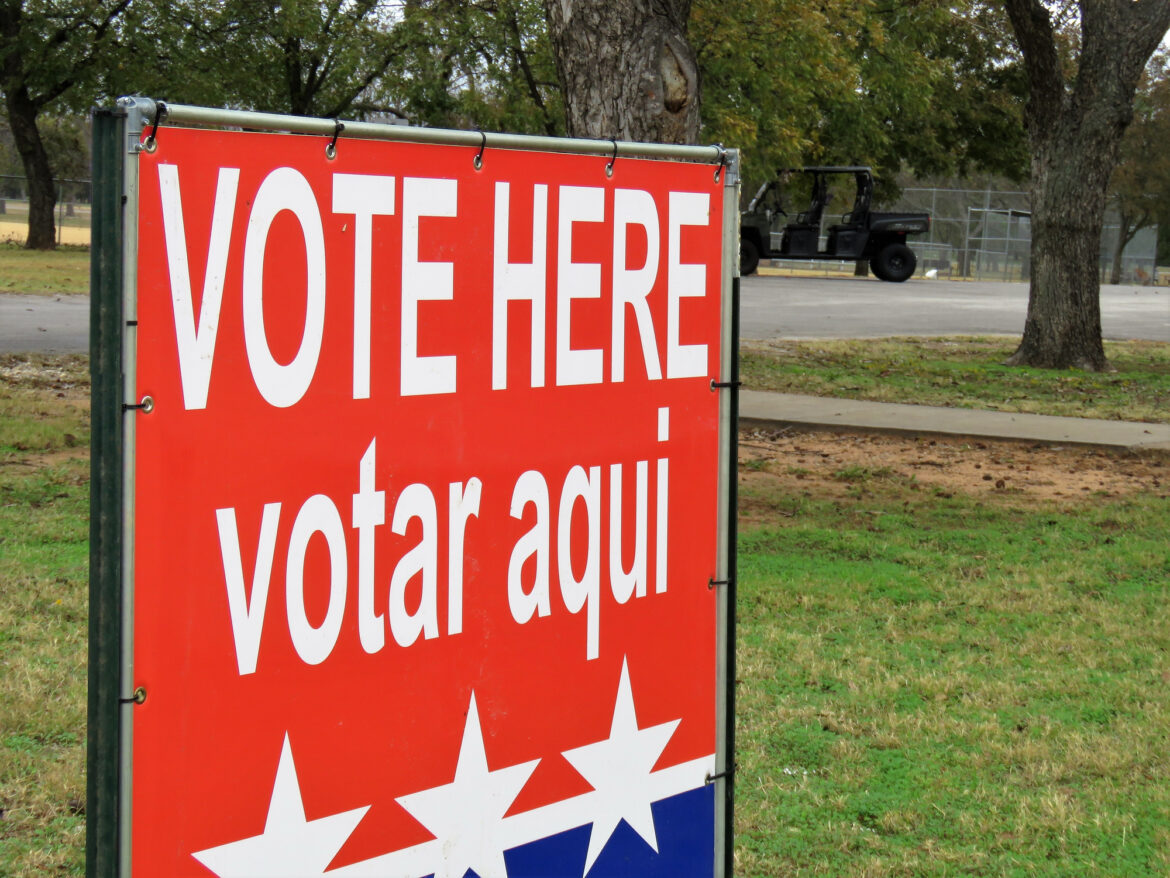The number of Spanish speakers in the world grew by 30 million in 2025, up 5% from the previous year, and now stands at more than 635 million, while the continued growth of
Spanish learners looks set to take the number of Spanish language students beyond 100 million by the end of the century, according to El español en el mundo 2025, the new yearbook published by Spain’s Instituto Cervantes.
A reference work for researchers, philologists, Hispanophiles, and Spanish educators, the report is full of data highlighting the use of Spanish around the world, such as the fact that the number of native-proficiency Spanish language speakers exceeded 500 million in 2025 for the first time and is set to reach 520 million by the end of the year.
This makes it the third-largest group of native language speakers in the world, behind Chinese and Hindi. Hindi now has the second-most native speakers in the world due to India’s rapid population growth.
There are about 460 million native Spanish speakers in Spanish-speaking countries alone, along with around 25 million speakers with limited skills. One in ten native Spanish speakers lives in a non-Spanish-speaking country, a fact that points to its relevance as a migratory language.
More than 120 million people are learning Spanish outside Hispanic countries—in the European Union, there are more than 45 million Spanish speakers, not counting in Spain.
Spanish, a Vehicle for Democratic Values
At the yearbook’s launch, director of the Instituto Cervantes Luis García Montero stressed that there are new concerns about language, especially the language used in debate, asking if “a language like Spanish has an advantage when it comes to the expression of democratic values.”
García Montero reviewed some of the articles in the yearbook, which address topics like equality, inclusion, nondiscrimination, and the defense of the right to understand laws and citizenship when confronted with purposefully obscure language, as used by some public officials. “At the Instituto Cervantes we like to defend clear language, which is not to say that we treat the public as if they were foolish—it means using transparent language in words and other communications that people are capable of understanding.”
The yearbook also reflects on whether Spanish heritage speakers are an endangered cultural asset. The director of the Institute stated that Hispanics who live in European countries or in the US face a very harsh reality: “The Spanish language that immigrants have learned from their families is not valued in some of the societies in which they reside, and they will end up losing it if we don’t work on it.”


Spanish in the US
The Institute’s academic director, Álvaro García Santa-Cecilia, commented, “the articles of the yearbook show how in the US, the expansion of Spanish has been linked to the affirmation of a diverse Latin identity that seeks recognition and a voice in the public space. Speaking Spanish is becoming an act of cultural resistance and at the same time a form of civic participation.”
When describing the importance of Spanish in the US, the document suggests that the combination of Spanish and English languages is “the most promising” with regard to international communication, both because of the joint weight of their native communities (about one billion speakers) and because of the number of countries in which one or the other is official (more than 75).
García Santa-Cecilia added that the declaration of English as the official language of the US does not have to affect daily life, but it could harm the social and linguistic rights won by the Hispanic
population.
Hispanic Voting in the US
The yearbook includes the study “The Orientation of the Hispanic Vote in the US Presidential Election in 2024,” from the Observatory of the Cervantes Institute at Harvard University, which contradicts the media narrative of a massive turn of the Hispanic vote toward Donald Trump in 2024.
The report examines the size, distribution, and participation of the Hispanic electorate in the US, comparing census data, pre-election polling, and polls at the ballot box. In 2024, the number of Hispanics entitled to vote amounted to 36.2 million, representing 14.7% of the total electorate—a record—so the Hispanic community “constitutes a decisive group.”
The published study highlights that, according to calculations based on the most commonly referenced estimates, the Hispanic vote “was not decisive” in Donald Trump’s victory in 2024 in any of the seven swing states (Arizona, Georgia, Michigan, North Carolina, Nevada, Pennsylvania, and Wisconsin), nor in the three states with the largest Hispanic populations (California, Florida, and Texas) and the largest number of Electoral College votes.
For the full content of the yearbook 2025, visit https://cvc.cervantes.es/lengua/anuario/anuario_25.



